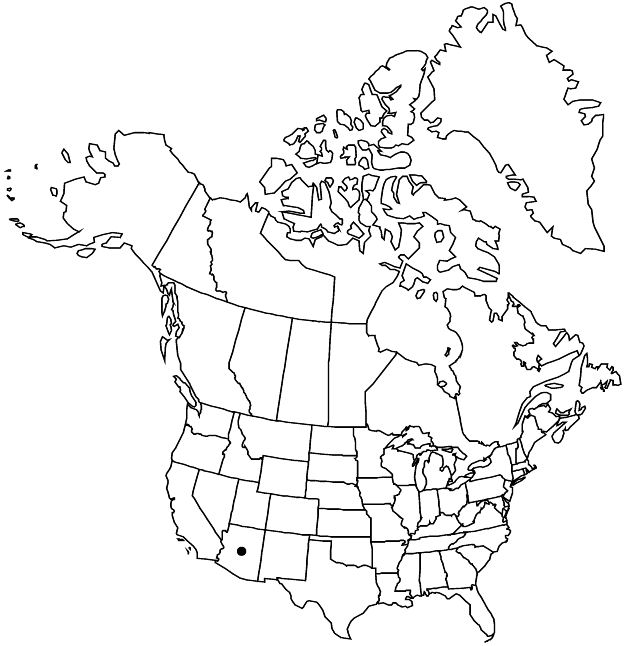Difference between revisions of "Vauquelinia californica subsp. sonorensis"
Sida 12: 130, figs. 11a–c. 1987.
FNA>Volume Importer |
imported>Volume Importer |
||
| (5 intermediate revisions by 2 users not shown) | |||
| Line 32: | Line 32: | ||
-->{{#Taxon: | -->{{#Taxon: | ||
name=Vauquelinia californica subsp. sonorensis | name=Vauquelinia californica subsp. sonorensis | ||
| − | |||
|authority=W. J. Hess & Henrickson | |authority=W. J. Hess & Henrickson | ||
|rank=subspecies | |rank=subspecies | ||
| Line 47: | Line 46: | ||
|publication year=1987 | |publication year=1987 | ||
|special status= | |special status= | ||
| − | |source xml=https:// | + | |source xml=https://bitbucket.org/aafc-mbb/fna-data-curation/src/2e0870ddd59836b60bcf96646a41e87ea5a5943a/coarse_grained_fna_xml/V9/V9_725.xml |
|subfamily=Rosaceae subfam. Amygdaloideae | |subfamily=Rosaceae subfam. Amygdaloideae | ||
|tribe=Rosaceae tribe Gillenieae | |tribe=Rosaceae tribe Gillenieae | ||
Latest revision as of 23:58, 5 November 2020
Young stems densely white-tomentulose, becoming canescent. Leaves: petiole (4–)6–16(–22) mm; blade bicolor, abaxially white, adaxially green and nonlustrous, linear to linear-lanceolate, (2.5–)5–11(–15) × (0.6–)0.7–1.2(–1.4) cm, surfaces villous-tomentulose, soon or tardily glabrescent except for hairy midveins. Corymbs 1.5–4.5 × 2–6.5 cm, villous to tomentulose. Flowers: hypanthium 2–2.5 × 3–3.5 mm, exterior white villous-tomentulose, interior glabrous except at base; sepals 1.3–1.8 × 1.6–2 mm, villous-tomentulose; petals 4–5 × 2.4–3 mm; filaments 3–5 mm. Capsules 5–6 × 3.5–4 mm. Seeds 3.5–4 × 0.9–1.2 mm.
Phenology: Flowering spring.
Habitat: Canyon margins and hillsides of the Sonoran Desert
Elevation: 700–1500 m
Distribution

Ariz., Mexico (Baja California).
Discussion
Subspecies sonorensis is known from the Ajo Mountains in Pima County. Some plants from the Baboquivari Mountains of Pima County have somewhat similar narrow leaves but lack the dense vestiture on stems, inflorescences, and abaxial leaf surfaces.
Selected References
None.